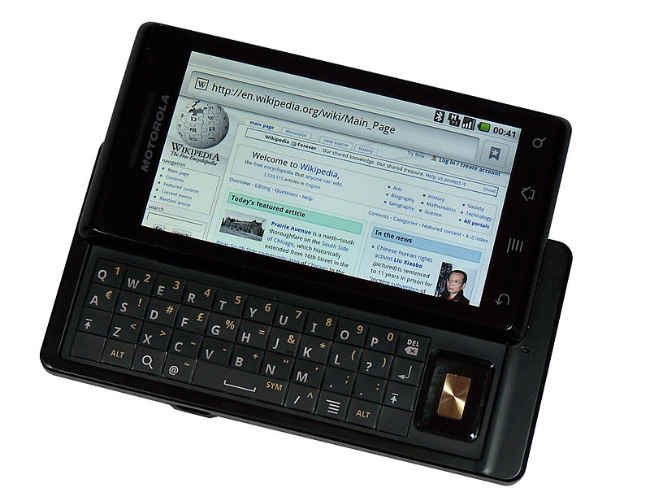Android is now 10 years old: A brief history of the operating system that now powers 88 percent of the world’s smartphones
We take a look at the journey of Android, which is arguably the world’s most popular operating system.

The Android OS has turned 10 and as per a Statista report, it now powers over 88 percent of all smartphones that exist today. The stat doesn’t come as a surprise considering that Android is an open source and one of the most versatile operating systems available for mobile devices. However, it had an uphill climb at the start since it came into existence a year after the iPhone and the iPhone OS (later rebranded to iOS). However, over a decade, Android has proven its potential to become the most popular operating system that is used not only on phones and tablets but also on televisions, cars, smartwatches and a plethora of connected smart devices. Here is a brief history of the operating system’s journey over the course of a decade.
 Survey
SurveyAndroid debuted with an HTC made smartphone, the T-Mobile G1, back in 2008 in the US. The phone was better known as HTC Dream outside the US and it was the world’s first mobile device to run on the Linux based OS. The smartphone featured a slide out qwerty keyboard and a 3.17-inch (320 x 480) display. With a tracking ball, no headphone jack and a 16mm thick build, the HTC Dream was far from the comparatively sleek iPhone 3G, which was launched in the same year. Still, the device managed to do well. It shipped with the Android v1.1 operating system and didn’t come with an inbuilt video player, or a virtual keyboard. The features were later brought along with the Android 1.5 Cupcake update.
The T-Mobile G1 with slide out QWERTY keyboard
In its first few releases, Android was still lagging behind the two operating systems, iOS and Symbian. With Android 2.0 Eclair OS released on the Motorola DROID in 2009, the Android OS was paired with powerful hardware to take on its competitors and later, Android 2.2 Froyo enabled Adobe Flash support on the OS. The company assumed that Flash support would lure more users towards Android but the plan backfired as Flash consumed way too much memory and the devices supporting it would lag heavily.
The original Motorola DROID
By this time, Android was taking off and many other smartphone manufacturers had also released devices running on it. Google announced the Android Market for Android-powered devices, following Apple’s announcement of the App Store, in 2008. It initially offered only apps but it is now known as the Google Play Store and offers movies, music, books, TV shows, and magazines as well.
Google's Android Market was rebranded as the Google Play Store
In June 2009, Samsung launched its first Android device, the Galaxy i7500, which failed to impress buyers. However, the company tried again with its S series of smartphones in 2010 and launched the Samsung Galaxy S in June 2010. The smartphone was well received and is considered to be the first real iPhone competitor even though it featured a similar design and came with a Super AMOLED display.
Android was now rising through the ranks and Google tried its hand at making its own handsets and tablets with the Nexus family of devices. All Nexus devices ran on a stock version of Android and received updates earlier than other phones. Nexus One was the first smartphone that Google made in partnership with HTC back in January 2010 and the main USP, alongside the stock Android interface, was a zippy interface thanks to the absence of a custom UI and bloatware. Google later teamed up with Samsung to launch the Nexus S, which was followed by the Galaxy Nexus. The Nexus 4 and Nexus 5 were made in collaboration with LG and the Google Nexus devices were officially discontinued when the Pixel series of devices were born in 2016.
The original Pixel smartphones
Android has now permeated nearly every genre of consumer technology there is. It is now used in car infotainment systems as Android Auto and in wearables as WearOS. Due to its versatility and Linux based architecture, it is being used in various other devices like smart TVs, displays, IoT enabled consumer electronics like refrigerators, washing machines and more. It remains to be seen how Google will modify and shape Android over the course of another ten years. There’s also a chance that it might be complimented by the company’s Fuchsia OS.
Digit NewsDesk
Digit News Desk writes news stories across a range of topics. Getting you news updates on the latest in the world of tech. View Full Profile



